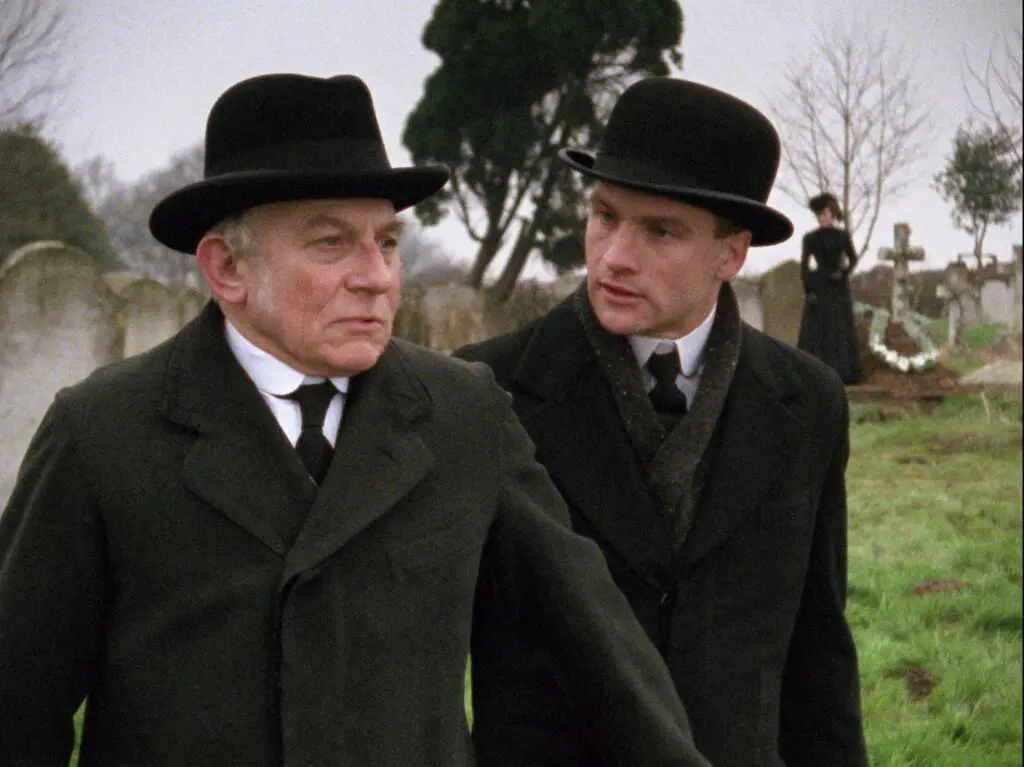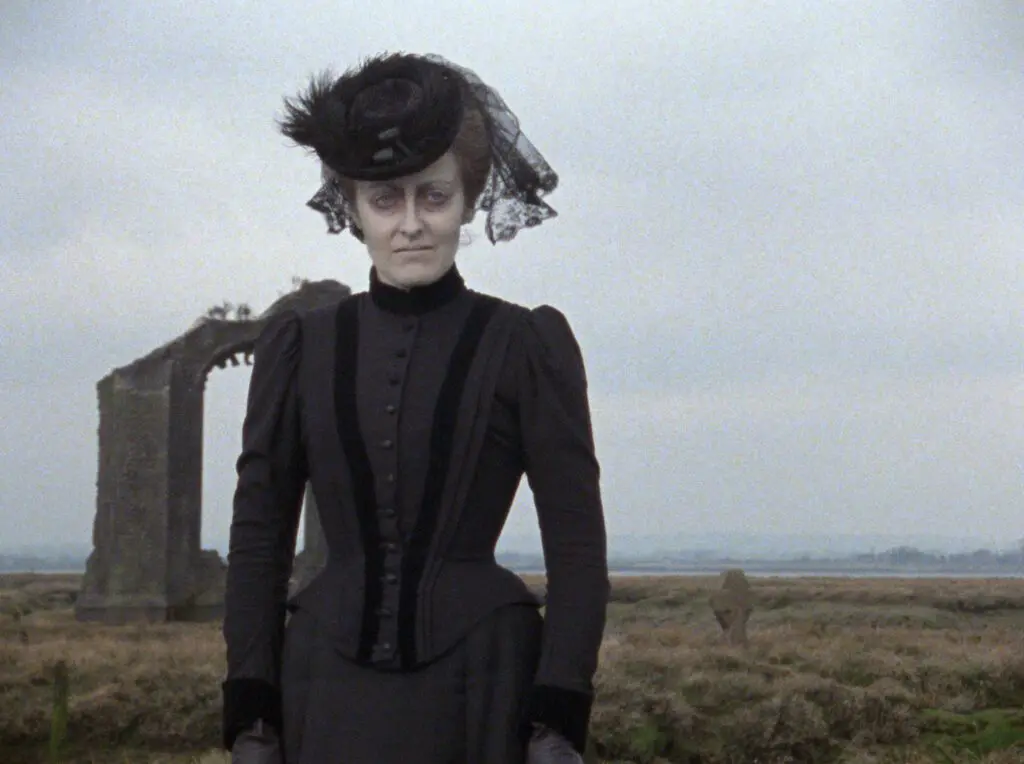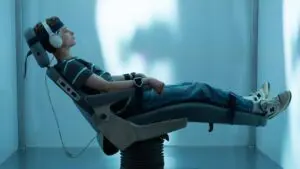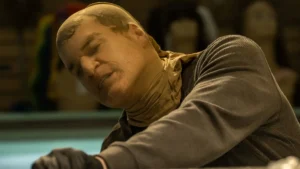Summary
The British TV film adaptation of the Susan Hill novel, now restored for home release. A beautiful period drama, directed by Herbert Wise, written by Nigel Kneale.
Some of us can look back on growing up in the United Kingdom and remember some high-quality ghost stories on terrestrial television. I have friends who look back on Ghost Watch with nostalgic affection; I recall being allowed to stay up late to watch A Christmas Carol: these were major television events during a time when there were three channels to choose from, with BBC not quite used to the competition in ITV. Now, the big title of this type from Central Television for ITV has been beautifully restored and will soon be available to buy on home media: The Woman in Black, broadcast on Christmas Eve in 1989 (apparently it has only been shown on television again once since).
The Woman in Black is adapted from the 1983 novel by Susan Hill, was also adapted into a long-running stage play, and more recently another film of the same name starring Daniel Radcliffe. I’m not going to dwell on any comparison here (though they are all a little different in style and content), but this version is considered a classic amongst many horror fans; actually not just genre fans, but lovers of classic drama.
The central character is Arthur Kidd (Adrian Rawlins) a young solicitor sent to a remote assignment by his boss, ostensibly to give him a nudge to more senior work. Mrs. Drablow, who the firm has represented for many years, has recently died and Kidd is asked to wrap up all of her affairs and put her estate up for sale. His business trip is not as straightforward as he – naively – expects though, as he encounters a ghost and discovers the tragic impact she has on this small market town. Kidd is a pure, good man like Sergeant Howie in The Wicker Man; but unlike Howie, he is endearing with it too: admiring new electrical gadgetry (the film is set between the wars) and playing lovingly with his toddler son. Rawlins gives him a natural wide-eyed openness, which makes Kidd very believable, but perhaps also makes him susceptible to the isolation of his work and the influences of those passed.

The Woman in Black is a terrific period drama first, and ghost story second. So many ghost stories are set in an earlier time, but this one doesn’t look like a modern version of the Edwardian period: it looks and feels like we are truly in that time, watching those London carriages, that country market, and the huge early electricity generator. There is nothing glamorous or exaggerated, like The Limehouse Golem: The Woman in Black has a production feel to it which is both genuine and timeless. Whether pub, train, Eel Marsh House or office – but especially the market street – all the sets have a grubby, worn out look; not as though they’ve been around for nearly a century, but rather as though this is 1925, and they are all lived in, uncared for now. The natural locations of coast, causeway, and marsh are just as atmospheric, and all prove to be fundamental to the plot too.
Added to those sets are several other elements of atmosphere, combining the period and the sinister mood. Sea mists, erratic lights in the old house, the incredible haunting sound of a fatal accident which keeps repeating, and an unseen child who wants to play; none of it is overdone, but applied just enough that we can understand the effect on our hero. And of course, then there is the ghost, the woman in black herself (Pauline Moran). Unsettling at first, the way she simply watches; then more sinister as Kidd uncovers her story, aware she is not leaving him alone. Then there’s what fans call “that scene”. Add a precise and melancholy soundtrack, and you have a near-perfect ghost story.
There are no false jumps as many modern films about hauntings would throw at you, no splatter, no violence. Yet The Woman in Black is a true horror story, about relentless malice, inescapable doom, and history that just won’t lie. It is bleak without being miserable, romantic without being soppy, gothic without being melodramatic.
The Woman in Black was directed by Herbert Wise (described in the BluRay commentary as “a jobbing director”), who led many television dramas over five decades and was probably best known for this film and the series I, Claudius. The little details, nuanced characters (watch it for the sheer range of supporting characters, including Andy Nyman’s first role) and sheer quality of the production make it truly memorable. The film received four BAFTA nominations, but strangely not for the director or writer Nigel Kneale.
Neither Wise nor Kneale are around anymore, so the BluRay release comes with a commentary from British “horror experts Mark Gatiss, Kim Newman and star Andy Nyman”. The film has been restored in high definition from the original film elements and you can now watch it in widescreen as well as the original format. Oh and it’s beautiful: it will take you back; to 1989 if you watched it back then, but certainly to 1925.
The worldwide Blu-ray debut of The Woman in Black is available exclusively from Networkonair.com on 10 August




